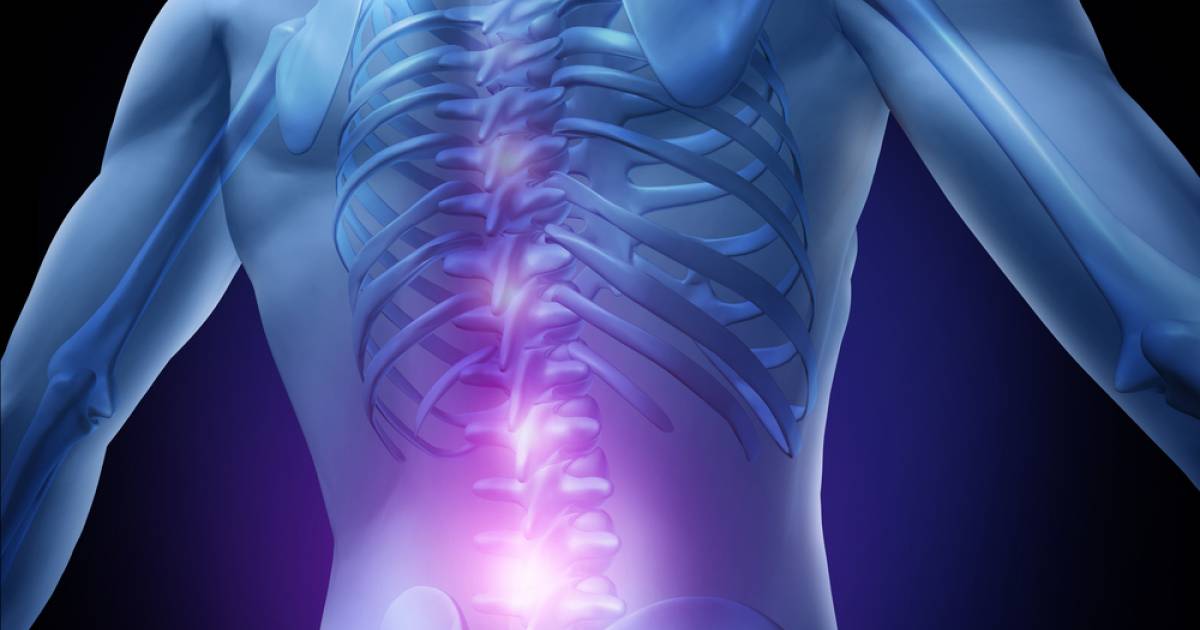What Causes Myelopathy?
The spinal cord is an essential part of the central nervous system, carrying electric impulses back and forth from the brain to the rest of the body. Myelopathy is the name for a group of symptoms caused by the compression of the spinal cord. If the compression is in the neck, the condition is known as cervical myelopathy, and symptoms will be felt in the arms and upper body.
Compression lower on the back is known as thoracic myelopathy, and its symptoms can include issues with the lower body and legs. Myelopathy has several causes, and the treatment will be based on the underlying medical condition.
Central Disc Herniations

One of the most common causes of myelopathy is central disc herniations. Spinal discs are the natural shock absorbers between vertebrae, and they are made of an inner, jelly-like substance surrounded by a harder membrane known as the annulus. This condition, also known as a bulged or slipped disc, happens when the annulus is squeezed and bulges out from between the vertebrae, putting pressure on the spinal cord.
A herniated disc can be caused by a sudden injury to the back. Most often, this condition occurs as individuals age and the annulus becomes weaker. In minor cases, the patient will be given pain medication and asked to reduce activity until the situation resolves itself. It more serious cases, surgical replacement of the disc or fusion of the spine may be recommended.
Spinal Injury

A spinal injury is always a cause for concern. Serious trauma to the spinal cord can cause partial or full paralysis, and even a minor injury can leave the patient with mobility issues that will limit their ability to work or perform regular activities. A spinal injury can also lead to temporary or permanent myelopathy. In the wake of spinal trauma, there can be inflammation of the tissues around the spine, leading to compression of the spinal cord.
In less serious cases, the symptoms will improve as the body heals itself. Reduced inflammation creates less compression. In this case, the patient will receive pain medication to help reduce swelling and physical therapy to restore flexibility. Patients need to be reevaluated if symptoms stop improving.
